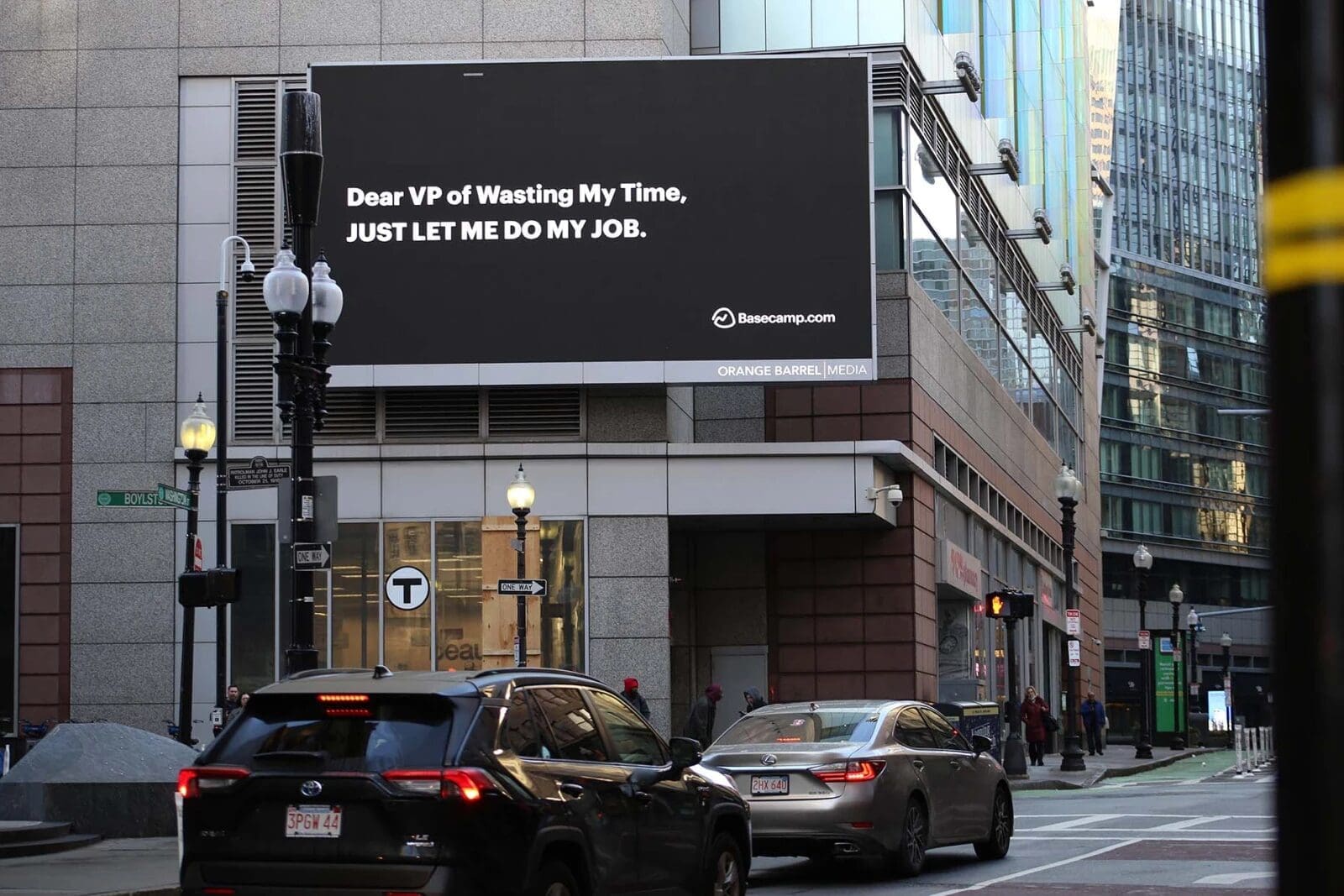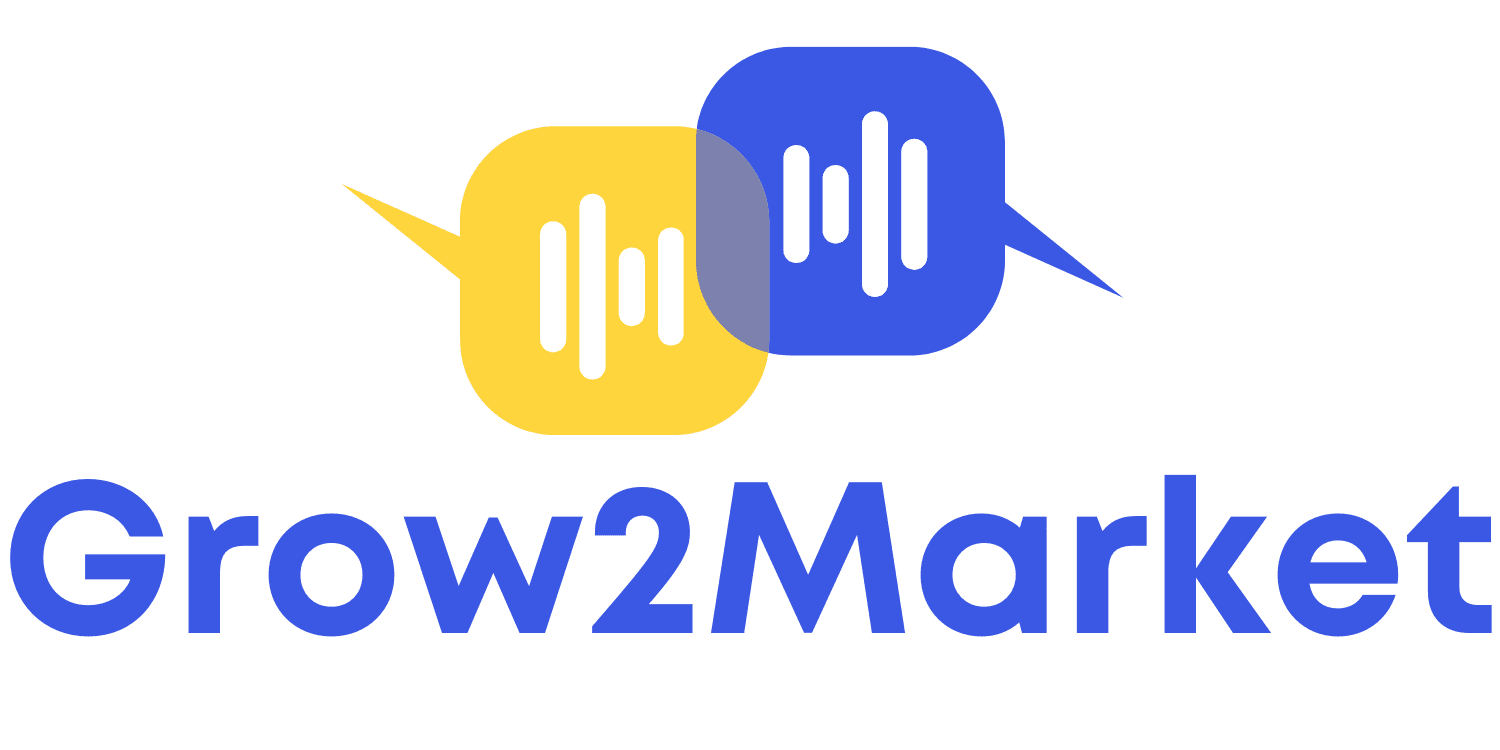Can B2B marketing afford to be provocative?
There’s no such thing as bad publicity. Right? Provocative messaging fuels discussion and drives engagement. While B2C marketers and PR strategists are no novices to edgy tactics, their B2B counterparts usually tread more carefully. There is an occasional infusion of humour here and there, but overall, business-to-business companies mean business, and have little tolerance for any shenanigans.
Provocative marketing aligns closely with the risk vs. reward theory: the higher the risk you take, the higher the potential reward. When executed well, provocative campaigns can create momentum and ultimately drive sales, even if the downside means alienating certain segments of the audience. In B2C, this approach is often embraced, but in B2B, where trust and long-term relationships matter, the stakes are different. Is the potential reward worth the risk in the B2B space?
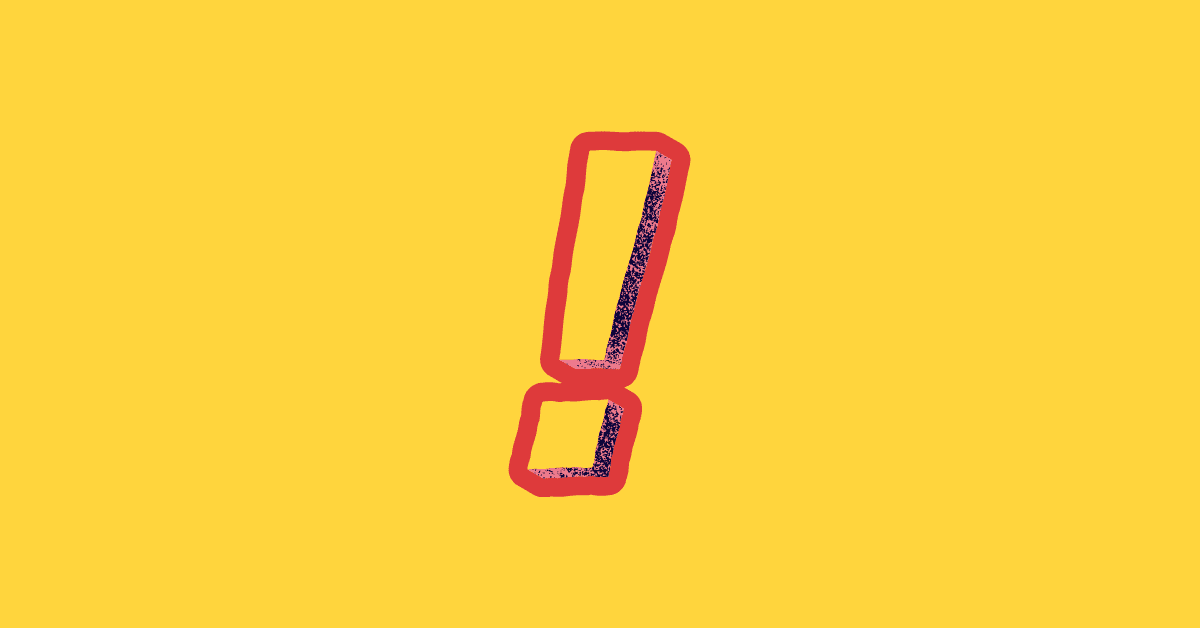
What is provocative marketing?
Provocative marketing involves the use of bold, controversial or even shocking content, designed to elicit a strong emotional response from target audiences.
The aim is to leave a lasting impression that boosts brand visibility, drives engagement, and ultimately increases sales. Such campaigns often push social boundaries, tackle controversial topics, or use edgy humour to attract attention.
According to HubSpot Global Social Media Trends Report 2024, memes and funny posts are outperforming polished, product-centric content. According to 94% of 1,500+ surveyed global marketers, memes as having average or high ROI. And 24% of social media marketers report funny content has yielded the highest ROI for their brands.
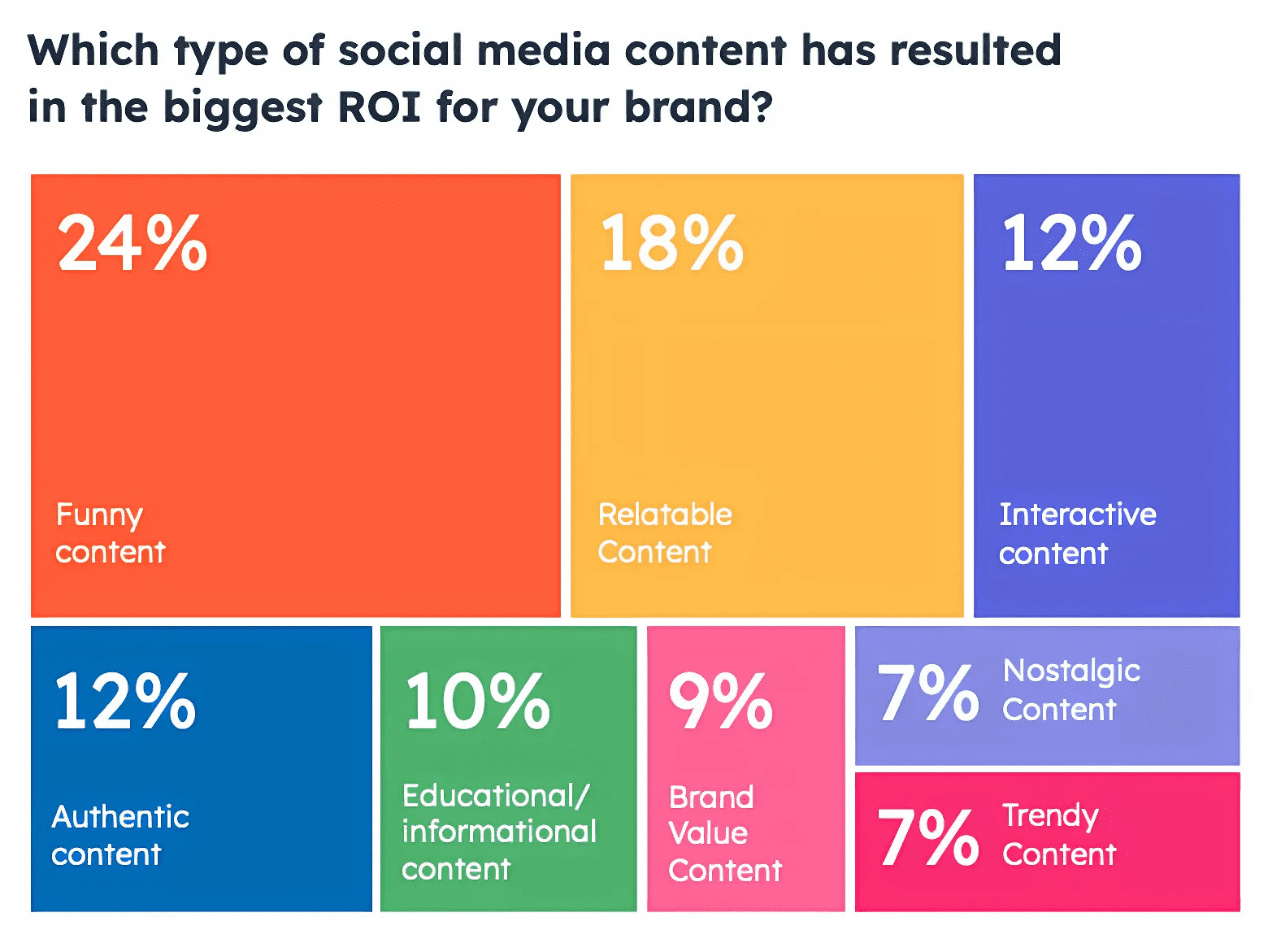
Marketing campaigns: From edgy to unhinged
Unconventional marketing campaigns can range from cleverly disruptive to outright chaotic, varying in intensity and impact. B2C tech companies usually serve a mix of individual consumers and small businesses, which often act more like B2C customers than bigger companies and enterprises. This allows marketers to take greater creative risks in their messaging, leaning into humour, controversy, or even outright absurdity to stand out in crowded markets.
The following examples showcase campaigns that have tested the limits of provocative marketing on the scale from edgy to provocative to outright unhinged:

Edgy: Basecamp & JUST LET ME DO MY JOB
Basecamp is a project management and team collaboration software designed to simplify workflows. Basecamp claims that 20 years after their product launch, numerous competitors have emerged, offering similar but overly complex and confusing products, which led to their “Just Let Me Do My Job” campaign.
What they did: The campaign was centred around a fictional workplace villain, a so-called “VP of Wasting My Time”. Other named antagonists were Zoom and Slack. The company took a direct shot at what they perceive as modern workplace inefficiencies, such as endless meetings, notifications, and unnecessary complexity. The campaign’s messaging positioned Basecamp as the solution to this chaos, advocating for fewer meetings and more actual work.
What worked: The campaign resonated with professionals frustrated by workplace distractions. Who hasn’t ended a meeting or Zoom call thinking, “This could have been an email”? The collaboration software market is crowded and there is undeniably a growing demand for simpler, less stressful work environments, which helped the campaign resonate with audiences.
What didn’t work: While appealing to individuals, the messaging may have alienated VPs and other execs who rely on structured collaboration and frequent communication. By positioning Basecamp as an alternative to complex workflows, the messaging may have made it seem too simplistic or limited for organisations needing more advanced, “complex” solutions.
Basecamp’s campaign highlights the power of speaking directly to our human frustrations, but also shows how this edgy approach can be alienating to some segments of the audience.
Provocative: GoDaddy & The Puppy Ad
GoDaddy, a web hosting and domain registration company, is known for their aggressive marketing tactics. GoDaddy initially gained attention back in the 2010s through shock-value advertising and unconventional branding strategies.
What they did: One of the controversial GoDaddy’s commercials featured a lost puppy making its way home, only for its owner to gleefully announce that the pup had already been sold online via a GoDaddy-powered website.
What worked: The ad was designed to be attention-grabbing, playing off the sentimental “puppy reunion” trope that had been popular in other Super Bowl ads. This and other provocative advertisements made GoDaddy a household name, significantly increasing brand recognition and web traffic.
What didn’t work: The commercial outraged animal rights activists, pet lovers and humans in general, who accused GoDaddy of promoting irresponsible breeding and puppy mills. The backlash was so strong that GoDaddy pulled the ad before it even aired during the game, resulting in negative press.
We are pleased to report that GoDaddy has since shifted towards a more professional, business-focused branding strategy to appeal to their audience.
Unhinged: Duolingo & The Deceased Passive-Aggressive Owl
Duolingo is a language-learning app known for its gamified approach to teaching languages. While many educational platforms focus on more formal learning approaches, Duolingo took an unconventional route by embracing dark humour, memes, and chaos in customer communications.
What they did: The short answer is: They killed a beloved mascot, an owl named Duo, on February 11, 2025. During its lifetime, Duo was notorious for its passive-aggressive and at times unhinged comments made on social media and via email notifications. Duo the Owl playfully “threatened” and shamed users to complete their lessons, while sharing absurd, meme-driven content.
What worked: Overall, Duolingo’s bold, viral marketing strategy resonates well with Gen Z audiences. It makes language learning feel fun, engaging, and culturally relevant, leading to growth in engagement and user-generated content.
What didn’t work: A few days after Duo the Owl’s passing, the full impact of this stunt is still to be determined. So far, user reactions have largely described it as “unhinged”, with one commentator summing it up perfectly: “No filter. No brakes. Just vibes.” Have this campaign and the buzz it caused led to sales, though? We’ll have to wait and see.
While this campaign successfully grabbed attention, it also highlighted a broader debate about whether Duolingo’s viral marketing is just a distraction from the app’s (in)ability to effectively teach language skills. Gamified learning can build vocabulary and consistency, but fluency requires deeper practice – something an app alone may not provide.
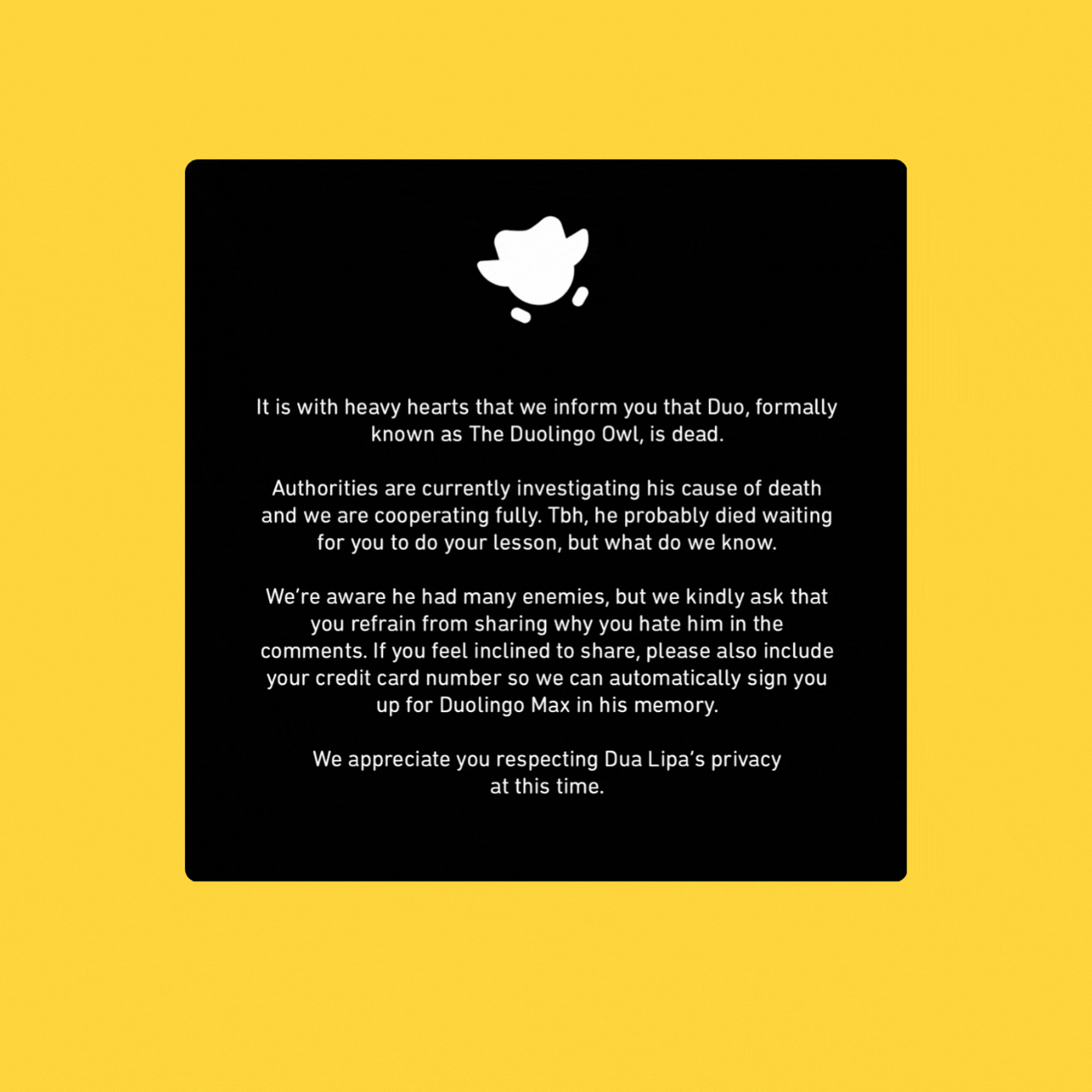
The balancing act: Can B2B marketing afford to be provocative?
Unlike consumer brands, B2B companies operate in an environment where trust, credibility, and long-term relationships often outweigh short-term engagement. A viral moment might boost visibility, but if it alienates even one of the decision-makers, it could hurt sales in the long run.
That being said, not all B2B industries are the same. In more traditional or highly regulated sectors – such as telecoms, finance, or enterprise software – a bold or humorous approach may backfire. However, in emerging tech and SaaS, there is often more room for edgier content.
Know your audience before pushing boundaries
Before embracing provocative marketing, B2B brands should first and foremost consider:
Who are our ideal customers? Will an edgy or disruptive message resonate with them, or will they perceive it as unprofessional?
What problems are we solving? If the industry struggles with complexity or outdated norms, bold messaging might cut through the noise.
How does our audience consume content? Startups and SMBs may appreciate humour and informality, while enterprises may prefer a more strategic, insight-driven approach.
By understanding your audience and industry dynamics, you can determine whether a more provocative tone will help differentiate your brand or risk alienating key stakeholders.
How to strike the right balance
If you decide to experiment with edgy marketing, keep these principles in mind:
- Be bold, but don’t lose credibility – A clever campaign should challenge industry norms, not undermine trust in your expertise.
- Humour should add value – If using humour, ensure it reinforces your brand message rather than distracting from your core offering.
- Know when to rein it in – While a playful tone might work in a startup space, a more serious approach may be necessary for C-suite decision-makers in highly regulated industries.
So, can B2B marketing be provocative? The verdict is: Yes, but only if done thoughtfully. The key is to align bold messaging with audience needs, industry norms, and business goals, which can be tricky. When executed well, edgy marketing can differentiate your brand, challenge outdated thinking, and create lasting engagement, without spiralling out of control.
And paraphrasing the wise words of the dearly departed Duo the Owl: “Don’t let your marketing get moldy!”
Kateryna Novozhylova
Hi! I'm Kateryna Novozhylova, co-founder at Fractional Teams. I write about product, marketing and tech.
